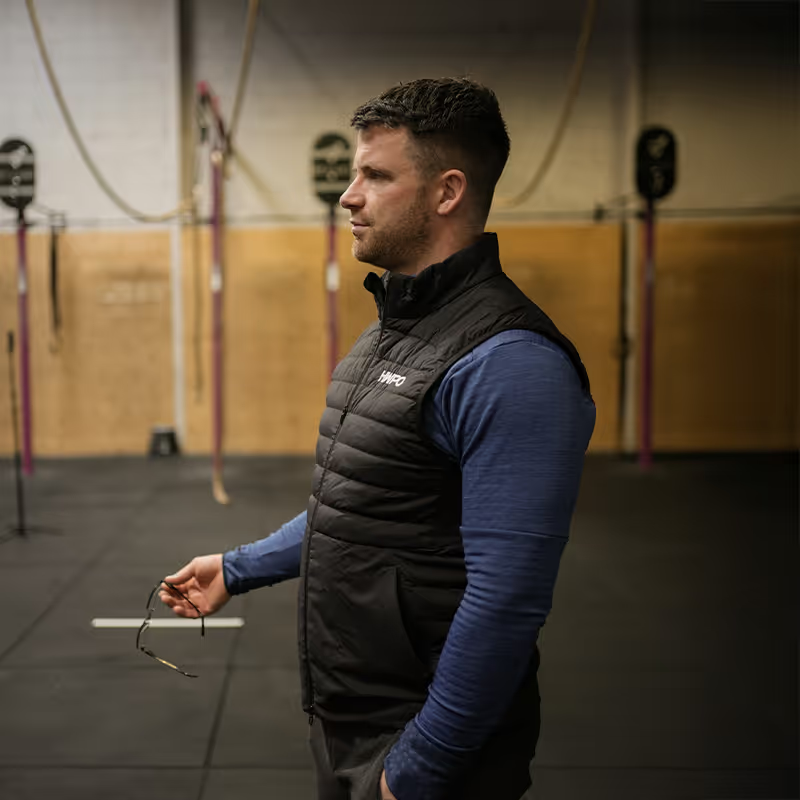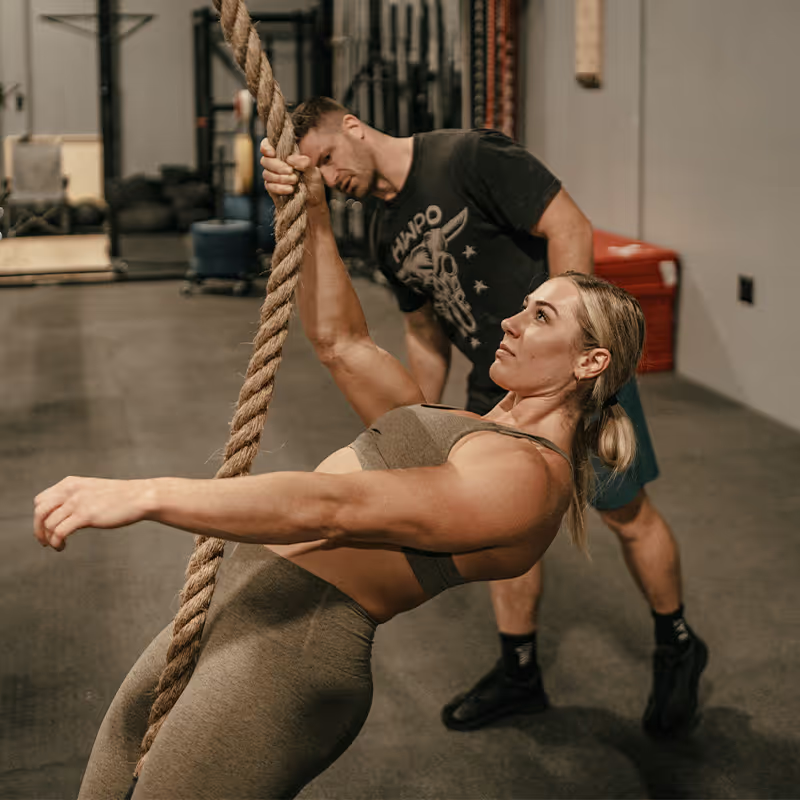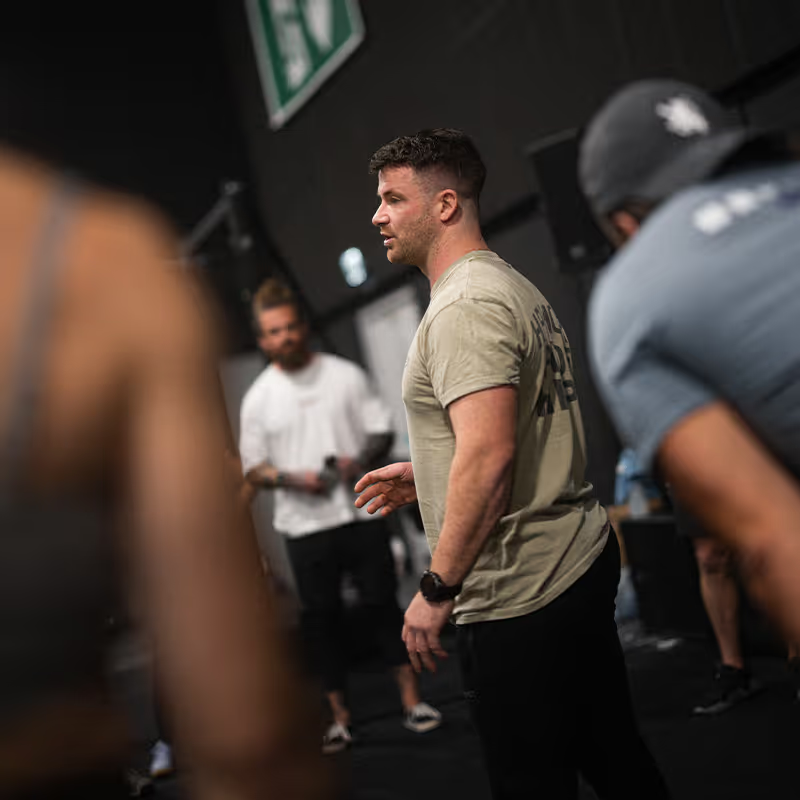What kind of athlete are you? The balance of autonomy and dependence in a coaching relationship
Every athlete has a unique approach to coaching - some prefer full autonomy, while others rely heavily on guidance. Understanding where you sit on this spectrum can help you train smarter, make better decisions, and reach your full potential.
Feb 12, 2025
Firstly, let's take a look at some definitions.
Autonomy refers to self-governance, independence, or the ability to make decisions and act independently.
Dependence implies reliance on others for guidance, control, or support, lacking self-sufficiency or freedom to act independently.
I will follow up these definitions with four categories that we see in the coaching space.
The Autonomous Athlete - aka The Lone Wolf
This athlete does everything themselves. They are their own coach, make all of their own decisions, and are (you hope) accountable to themselves. They take every decision as their responsibility. They won't let others or external influences change their direction and stay on their own path.
The Semi-Autonomous Athlete - aka The Playmaker (with a playbook)
This athlete likes to be pointed in the right direction, seeking help from other professionals where needed. Once they are given the tools and the direction, they will be comfortable making their own decisions and adjustments in their training. They can take a Playbook (training program) and make it work around their life and schedule without too much further need for guidance. They trust the guidance they have received and feel comfortable knowing they can check back in when they need further help.
The Semi-Dependent Athlete - aka Coach-Led Athlete
This athlete likes to receive the majority of their direction from their coach whilst still being partially aware of what does or doesn't work for them - therefore, able to make suggestions and adjustments themselves. They steer the ship and trust their coach to guide them. The athlete has confidence in their level of empowerment whilst remaining resourceful with the people in their team.
The Dependent Athlete - aka How High?
This athlete will depend entirely on their coaches and the team around them. Everything includes their training program, exercises, reps, competitions and day-to-day decisions. They off-load all decision-making responsibility to their coach, and when the coach says jump - they say "How high?" They are a coach’s dream until they have to use their initiative and make decisions for themselves.
Outlining these four types of coaching relationships may attract you to one or two. Alternatively, depending on certain situations or times of the year, you may fall somewhere in between or switch from one to the other.
I have coached individually and written group training programs for a total of 12 years now. I have learnt that, as a coach, the two extremes (Autonomous + Dependent) rarely come out as effective in the long term. In the first example, the coach doesn’t exist - and because of that, the journey is lonely and often reactive to trial and error. The athlete may have a good understanding of what they need, but it takes time and mistakes to learn from that, and they often may not be able to step back from a situation with logical and rational thoughts. On the other end of the spectrum, you have the athlete who falls on every word of the coach. This can lead to seeing some great results in the short term as the athlete fully applies themselves regardless. Results will come by simply being bought into a process and going at it head first. However, the result may not open their full potential or support longevity.
You can put both a novice and an advanced athlete into those categories for different reasons. A novice may have lacked the initial resources, leading them to go out and find their way. Alternatively, they may have previously received coaching but had a bad experience (injury, bad performance) and are adamant about keeping things in their own hands. However, a novice with the resources available may dive straight into the relationship and do their best to “be the perfect client,” leading them to act on every word.
Advanced athletes may have more experience and knowledge than any coaches around them. They may have already achieved excellent results from doing things their way, leading to doubling down on their process and maintaining all autonomy. At the same time, the commitment, stress, and emotions of competing at a high level may cause the athlete to switch off from all that and just focus on listening and doing what the coach says. Their way of escaping is to remove all decision-making responsibility.
Where do you sit?
Once you have become familiar with those categories, think about the current scenario you are in or have been in. Can you relate to any of them more than the other, or do you move between the categories depending on the situation? For many athletes, simply being aware of the optimal relationship they need is a big step. The exact balance of that could take years of fine-tuning. It is also worth considering what has led you to sit in a specific category. Have there been good or bad experiences that have reinforced the need for a particular coaching style? If you are a coach, is there a style that has worked for you in one way rather than another? When I speak to athletes, I often gauge where they currently are. Assess their situation and then look for the optimal solution.
Where do I suggest you sit?
Without turning this into a sales pitch for our programs, everyone should strive towards the middle two groups. Our training programs like Flagship 2.0, PRO, LIFT, and STRONG give all the direction, guidance, education and resources to athletes in the Semi-Autonomous and Semi-Dependent groups. We promote that inside our programs with daily videos, live and recorded calls, articles and support in Circle. We understand that we can't write one program that will be perfect for thousands of people worldwide. All have different interests, weaknesses, schedules and experiences.
By offering various program tracks (Time Limited, 60, 3-Day, Strength bias, Engine Bias, etc.), we can give the resources and hand the ownership over to the athlete to choose their direction. For many of these scenarios, we are the playbook, and the athlete takes the plays and puts them into real-time action. This is the most effective way for an athlete to develop from having moderate experience to becoming advanced. It encourages them to take responsibility for themselves and develop. Seek help but not reliance. Ask questions, be curious and always strive to improve. They use and absorb all the available resources, filter out what isn’t needed and create their path forward.
Not only does this help them develop their knowledge of work, but it gives them the confidence to make the right decisions at the right time. The example I always use is on the competition floor. The athlete leaves the coach at the carrels, and from that point onwards, every decision is 100% for the athlete. What pace do they hold, what is their technique, how do they split, and how long do they rest? Nobody else can make those decisions for the athlete at that point. The coach isn’t there to hold their hand and tell them what to do; the athlete must do it themselves. How they react to a no rep, falling behind or taking the lead, an equipment malfunction or a change in scenario becomes everything that executing a workout is about. Therefore, they must make thousands of correct decisions to execute a workout to their best ability. That is why I believe having a coached relationship that shares autonomy and dependence is key to peak performance.
Generally, as athletes advance, they tend to be more Semi-Dependent. The support they need at competitions, qualifications, and marginal gains becomes increasingly important as they progress. However, it is still important to point out that they are still in control and have an incredible understanding of themselves and the direction they want to and need to take.
Coaches must be aware of this in their athletes. Can you leave your athlete in the carrels and sit comfortably in the stand, knowing that whatever happens, the athlete has the tools to navigate any situation and achieve the best possible outcome? That feeling is, for me, the end game of coaching.
I’ll end this with one of my favourite phrases;

Everyone has a plan until they get punched in the face.
- Mike Tyson









